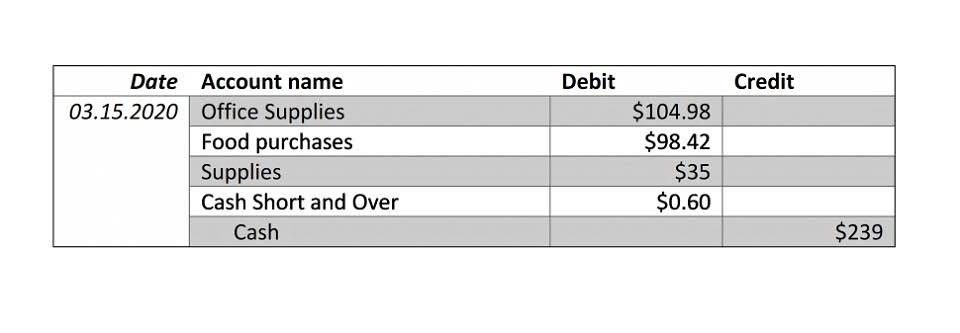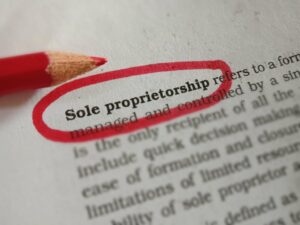
This ensures businesses remain compliant with regulatory requirements while minimizing financial risks. Manual processing requires a larger workforce, leading to higher administrative costs. Businesses must invest in hiring, training, and maintaining finance teams to handle invoice-related tasks. Additionally, human errors in manual processing may result in penalties, duplicate payments, and financial losses. AP automation with AI invoice processing reviews https://www.bookstime.com/ and matches captured digital invoice data with purchase orders and receiving data.

Seamless Integration with Accounting and ERP Systems
- It boosts productivity by automating tedious tasks, reducing human error, and streamlining financial workflows.
- Implementing AI invoice processing software requires a structured approach to ensure seamless integration, accurate automation, and maximum efficiency.
- This technology ensures that documents like ACORD 25, ACORD 28, and flood certificates are processed with high precision.
- Establish rules to validate the extracted data against purchase orders and receipts, and set up an automated approval workflow based on predefined criteria.
- Your AP team can also enhance workflows by checking areas where AI can be integrated for a more streamlined process.
- For starters, invoices from various sources (email, EDI, forms) are automatically imported for processing.
Next, AI performs 2-way or 3-way matching between the invoice, purchase order (PO), and goods receipt (GRN). It automatically verifies quantity, pricing, and approval limits, flagging any discrepancies for review. Manually, this required AP teams to open multiple systems and match records payroll line by line—a time-consuming process that often caused delays in approvals and payment cycles. Once captured, the system uses AI-powered Intelligent Document Processing (IDP) to extract key invoice details such as invoice number, vendor name, dates, item descriptions, and totals.
Unable to satisfy accuracy requirements
There is no debate about whether AI invoice data capture solutions are faster than manual data entry. We don’t ai invoice processing want to have to state the obvious, but the fact is that AI-based methods are several times faster than manual data entry could ever be. Predictive analytics also helps identify bottlenecks in the invoicing process, allowing businesses to proactively address issues before they impact cash flow or vendor relationships.
- Usually these stories end with never hearing of those people again and them living happily ever after with your hard-earned money while you deal with it ever so sadly.
- In addition to improving accuracy, AI can significantly reduce invoice processing times and costs.
- On the other hand, AI agents powered by Large-Language Models (LLMs) bring a new level of intelligence to invoice automation.
- Integrate the validated invoice data with your accounting system for seamless payment processing.
- They validate this data against existing records, ensuring consistency and accuracy in financial reporting.
- AI billing software analyzes historical data, identifies suspicious transactions, and flags potential fraud in real-time.
- They report saving 3,000+ man-hours monthly and achieving over 95% straight-through processing (STP), meaning 95% of their risk assessment documents no longer require human intervention.
Can AI invoice processing detect and prevent fraud?

Additionally, we ensure that these AI systems integrate seamlessly with existing technological infrastructures. This integration enhances operational efficiency and decision-making in automated invoice processing systems, allowing for smoother transitions and continuous improvements in financial operations. By processing invoices faster and more accurately, AI invoice processing ensures timely payments, which improves communication and strengthens vendor relationships. Automated invoice receipt and payment status communications, along with quicker invoice entry, provide real-time visibility into spending, further enhancing vendor relations.
- For accounting departments, automating invoice processing grants authorized users quick access to critical data.
- Invoice management is not just about internal operations; it also plays an important role in fostering strong relationships with vendors and customers.
- AI-based invoice processing uses machine learning algorithms to accurately extract data from various invoice formats.
- Training should be provided to all finance teams, reviewing how to use the AI tools effectively.
- Documents, images, and text are examples of unstructured data in machine learning as artificial intelligence.
- After they’re structured, the data will be forwarded to the accounting system.
Challenge #4: Data security and compliance

For instance, you may wish to automate invoice data extraction, payment processing, or approval workflow. According to a survey, 56% of businesses spend over 10 hours a week processing invoices and administering supplier payments. This manual system is not only time-consuming but also increases the risks of errors and delays in approvals. Accountants are expensive and in short supply, leading to increased invoice processing overhead for businesses whether they are growing or not. Accurate, AI-automated invoice processing can help streamline the most routine aspects of accounting, saving experts headaches and companies money. As mentioned above, companies that automate invoice processing can expect up to 90% cost savings per invoice processed.

